Blog
Insights
Tips for Retailers to Effectively Merchandise and Price their Private Labels
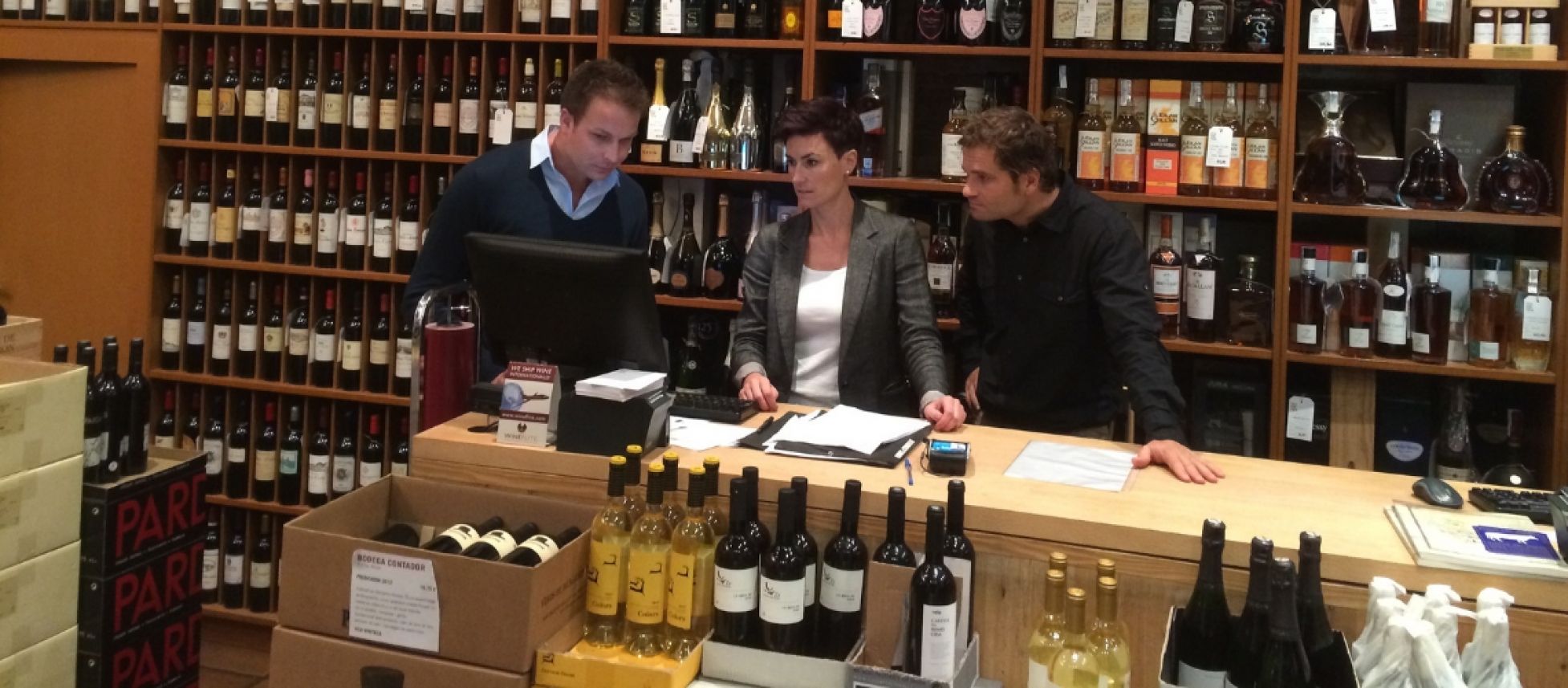
How to Increase Your Sales of Private Label Wine in Retail Establishments?
On Day 1 of the International Bulk Wine & Spirits Show in San Francisco, Jeffrey Cody, Wine Buyer for Whole Foods Market, shared key insights on how to increase sales of private label wines in retail establishments. Drawing on his experience merchandising to consumers in the hyper-competitive Manhattan wine market, Cody provides the types of insights that are actionable in any market in the nation.
First and most importantly, Jeffrey Cody says, wine sellers have to realize that “wine is a luxury in life… we don’t need it to survive.” In other words, any time a consumer walks into Whole Foods and buys a bottle of wine, they are doing so for a certain reason. That’s why it is important to focus on building a certain type of experience that establishes confidence in the consumer. Your store becomes a place that the consumer can trust – your store should provide fairly priced wines that offer real value.
So what are the keys to developing consumer confidence? Cody points out that there are three key factors that have guided him during his current tenure at Whole Foods:
• Effective retail pricing
• Merchandising standards
• Importance of the floor staff
The first factor, suggests Cody, is really about understanding the way consumers think about wine. From the store’s perspective, wine is all about return on investment (ROI) – any time they stock a wine, they expect to generate a certain amount of sales that will justify the presence of the wine on the store’s shelves. However, it is also important to keep in mind the perspective of the customer.
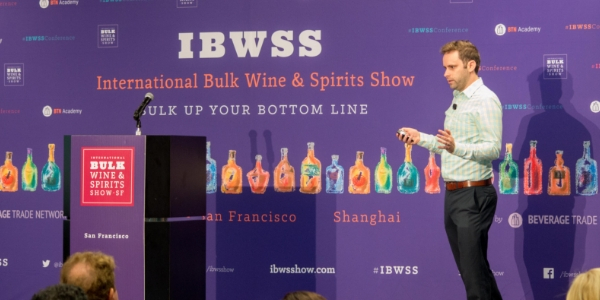
The key, says Cody, is to “create growth through value.” Consumers know exactly how much they are paying for a bottle of wine, especially in an era of mobile phone wine apps. And they will know whether you are offering them real value for the price. In thinking about value, Cody brings up the example of Ben & Jerry’s Ice Cream – consumers are willing to pay as much as an extra $2 per pint of the ice cream as long as they feel like they are getting real value from the ice cream, whether it is the quality of the ingredients or feeling like they are part of a larger brand community.
In other words, “effective retail pricing” doesn’t imply marking down wines to the lowest price possible. Cody points to the example of emerging wine categories like Argentine Bonarda and Sicilian Nero D’Avola – if you can offer consumers a “pre-trend” wine before anyone else does, and also make the process of buying that unknown wine as safe as possible, they will reward you with their loyalty.
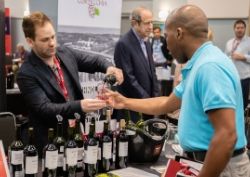 As Cody points out, store brand wines need to compete with the market. Consumers always want to believe that they are getting a good deal – and they will leave if they believe the store is more expensive than the market. This is especially true with private label wines. “Consumers want a great deal,” says Cody, and they will be willing to pay more than you think if you can offer a truly great deal. Based on his own experience at Whole Foods, Cody says that customers will even consider a $50 wine, as long as they know they are saving a significant amount on every purchase. If that same bottle of wine retails for $75 next door, then consumers will realize that you are bringing a truly exclusive wine to them for much less.
As Cody points out, store brand wines need to compete with the market. Consumers always want to believe that they are getting a good deal – and they will leave if they believe the store is more expensive than the market. This is especially true with private label wines. “Consumers want a great deal,” says Cody, and they will be willing to pay more than you think if you can offer a truly great deal. Based on his own experience at Whole Foods, Cody says that customers will even consider a $50 wine, as long as they know they are saving a significant amount on every purchase. If that same bottle of wine retails for $75 next door, then consumers will realize that you are bringing a truly exclusive wine to them for much less.
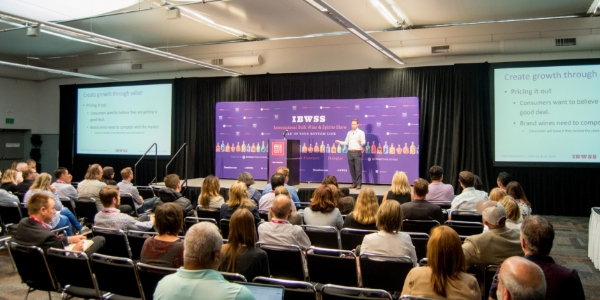
Obviously, says Cody, it’s much easier to develop sales items for categories that are already established. In certain wine categories – such as California Cabernet – customers know exactly how much they usually pay, and what they can expect for a $10 bottle, a $15 bottle or a $20 bottle. So, here is where private labels come into play: if you can offer a high-quality $10 bottle that delivers the same value as a $20 bottle, what consumer would not be willing to try your wine?
Merchandising standards also play a key role in which wines consumers ultimately buy. “Keep it simple,” says Cody. This means creating a clear message in displays and shelving locations for customers to understand. Place similar types of wines together, create a simple label that “screams your mission,” build displays that have focus, don’t change your message, and realize that too much clutter can actually restrict the ability of a consumer to focus.
Finally, Cody takes a closer look at the vital role that the floor staff of a retail establishment plays in the ultimate success (or failure) of your wine. The floor staff, says Cody, is “the front line for your product.” If the floor staff understands your wine, they will be in a better position to sell it. As a result, make sure they are getting samples of your wine, otherwise, it will just be a label to them.
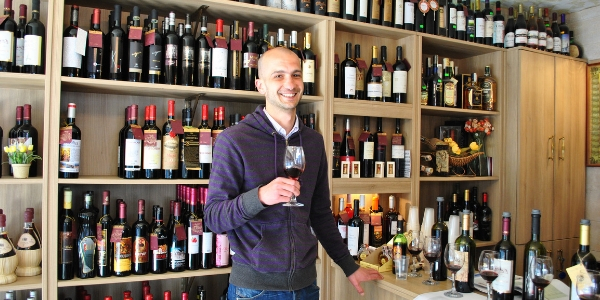
“You never know who will be in purchasing power in a store,” says Cody, so you need to make sure that the floor staff is fully empowered to talk about your wine. They can “make or break your wine,” and they can also help to develop loyalty toward your wine. The floor staff needs to be knowledgeable about your wines – after all, consumers now have the Vivino wine app on their phone, and can easily check everything the floor staff says.
Cody concludes by providing a few takeaway lessons. One of these is that wine, at the end of the day, is a luxury good. Thus, you need to really think about the entire customer experience, not just the pricing of the bottle. Remember – consumers care about value, first and foremost. This doesn’t imply the lowest price, though. In certain “demand categories” (such as California Cabernet or New Zealand Sauvignon Blanc), price might be the primary motivator, but in other categories, the emphasis should be much more on what the brand stands for, how it is different, and what kind of experience the consumer will have learning about it.
In today’s market, says Cody, there are more than 56,000 wines to choose from, and consumer intelligence about wine is higher than it has ever been. Thus, in order to convince consumers to buy your bottle of wine, you need to learn to think the way they do, so that you can provide them as much value as possible.
Other Relevant Articles You Might be Interested In:
How Do You Manage Your Distribution and Retail Presence?
10 Leading Private Label Wine Brands From the Nation’s Top Retailers
Private Label Wine Business in USA
About IBWSS SF
The International Bulk Wine and Spirits Show (IBWSS) is an annual trade show and conference which will give wineries, importers, supermarkets, retailers, restaurants, distilleries and other buyers a premier international platform to source bulk wine and spirits and meet private label suppliers.
If you're a bulk wine or bulk spirits supplier, contract bottler, or private label producer aiming to connect with serious trade buyers, IBWSS San Francisco is the event you can't afford to miss. Get a quotation or Book a exhibitor table.

